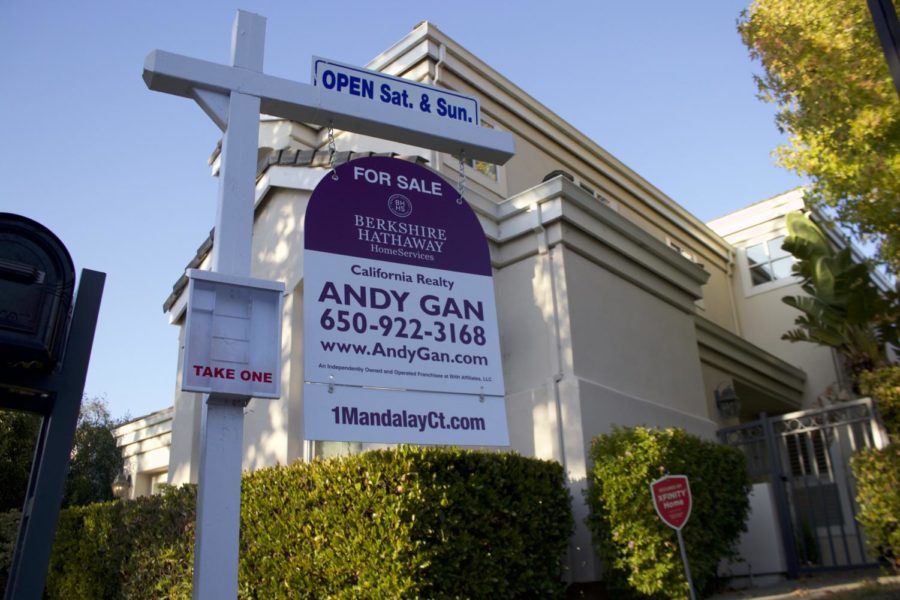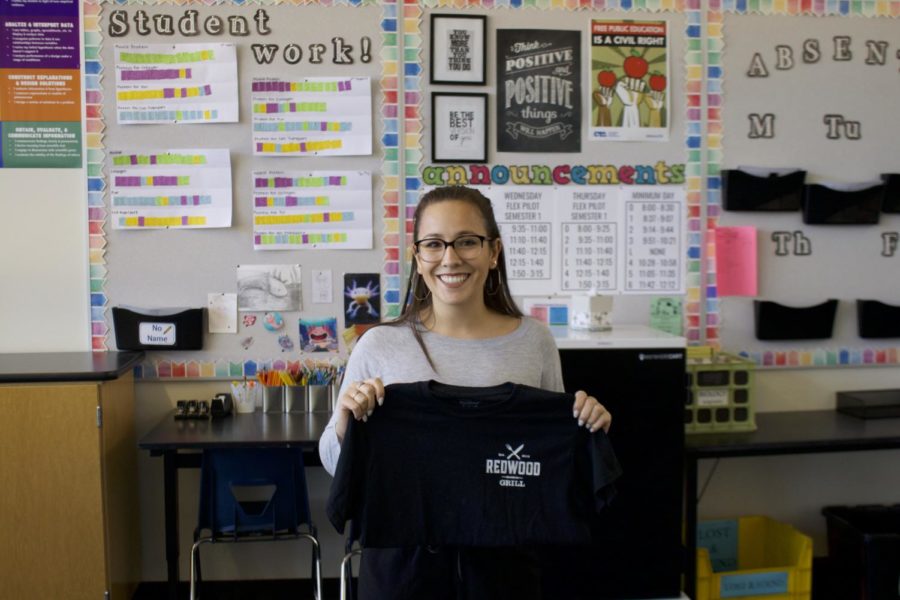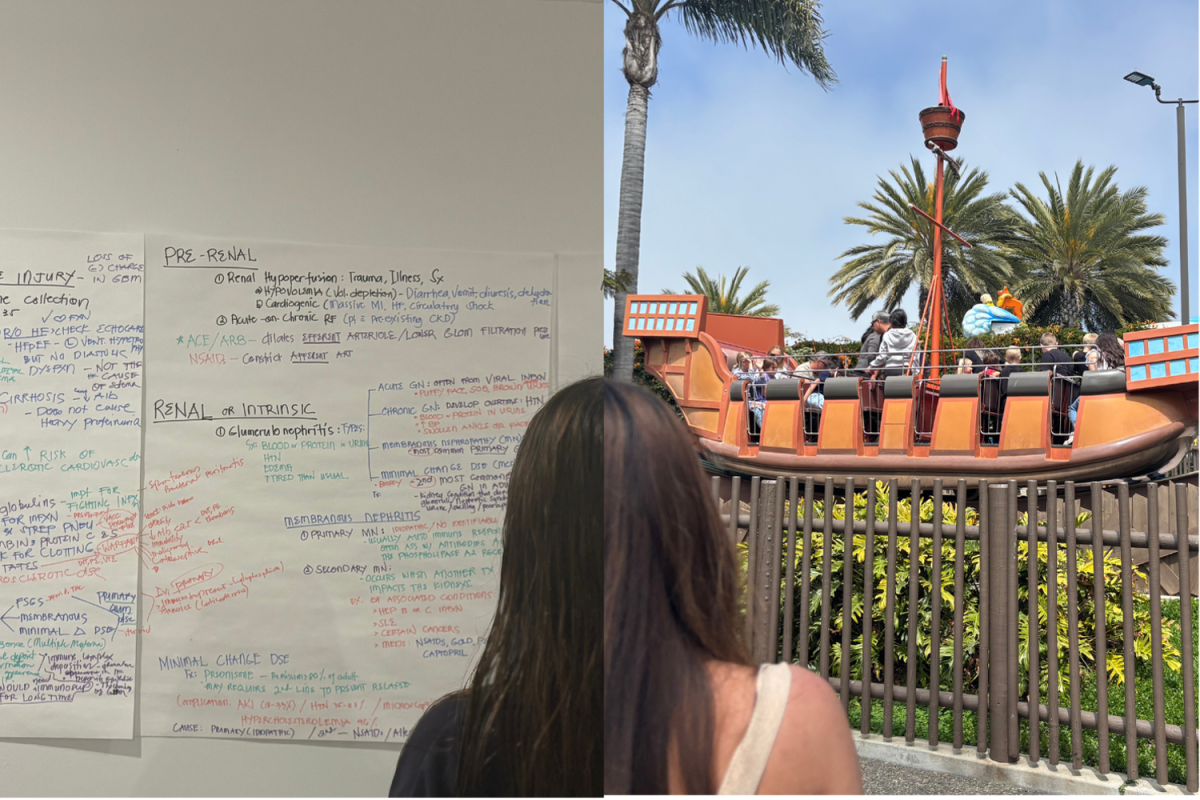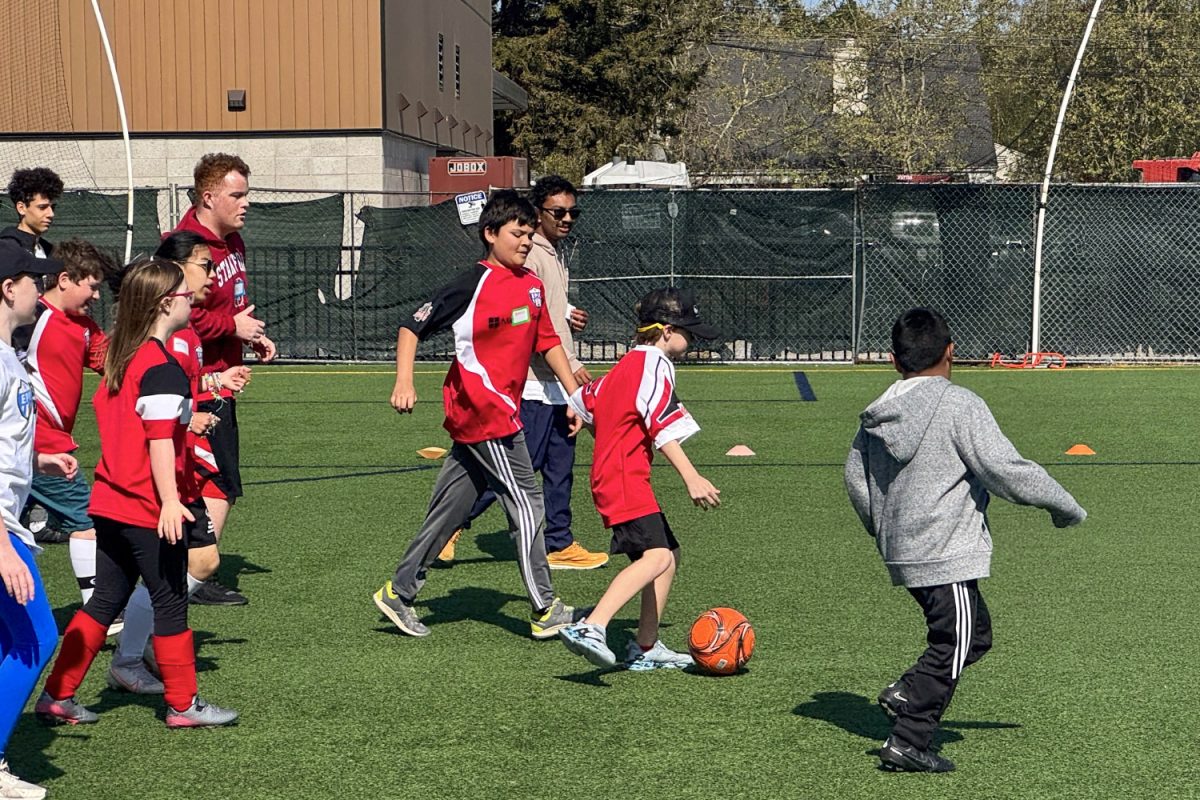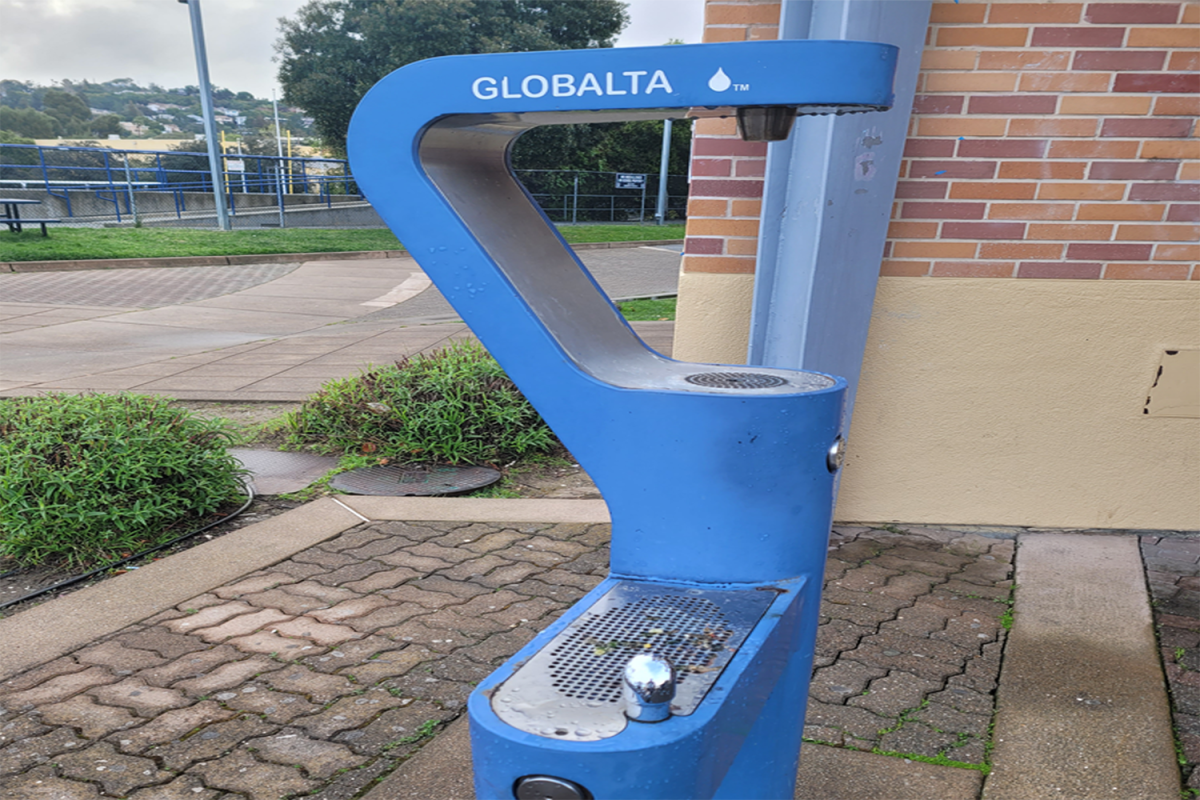Teachers in the Bay Area have the unfortunate burden of dealing with high costs of living coupled with not enough pay. This forces some teachers to work multiple jobs to make ends meet.
“I’ve seen some staff members working at restaurants, driving for Uber, and other second jobs,” said Principal Ralph Crame.
Currently, in the San Francisco area, the average teacher makes $58,585 a year, which comes as a measly amount compared to the $95,000 average salary in Belmont overall.
Despite living on a salary 24.5% higher than the national average, Belmont teachers struggle to support themselves in an area with housing costs 237% higher than the national average, and an overall 82% higher cost of living.
“Some teachers end up leaving the profession altogether because they can’t afford it, and we’ve seen that quite a bit. Without high housing costs, we would see more longevity in our school staff because they wouldn’t have to move to find a house for their family,” Crame said.
According to a study by Patricia Brady Gablinske of the University of Rhode Island, if a teacher can establish and foster a relationship with their students properly, it would significantly improve their learning environment and educational experience.
However, their ability to do this is hindered by the added pressure they endure while dealing with financial stress.
“[Longer commutes and second jobs] cause some teachers to become more exhausted more quickly, and thus be less willing to put in extra effort and hours. They might not want to go to student activities such as the homecoming football game and things of that nature if they know they’re going to have a long commute afterward. This creates a disconnect in classrooms by harming the connection between students and their teachers,” said Camille Erskine, an Advancement Via Individual Determination (AVID) and biology teacher at Carlmont, who works a second job during school breaks.
In schools across the bay, there are other teachers like Erskine who also work multiple jobs. Madeleine Fox, a Spanish teacher at Carlmont, teaches two classes at Core Studio on weekends and substitutes for a class at the same studio after her regular teaching hours.
Another teacher, Satoshi Suga, has multiple different occupations on top of teaching physics and engineering at McClymond High School in Oakland. When he isn’t at school teaching and caring for his students, Suga works an extra four hours per day tutoring on weekdays and another 10 hours per week working remotely for an escape room that he owns.
Overall, Suga works a grueling 80 hours per week.
“There is very little time for self-care, and needless to say, no time for a family either,” Suga said. “[My extra jobs] impact the way I approach my teaching professionally and my care for my students.”
With that in mind, many wonder whether today’s society overlooks the value of our educators’ well-being. Recently, teachers have even demanded better conditions in strikes as close as Union City and Oakland.
“It’s really sad to see people who have mentored and helped me so much throughout the years struggle to earn a living,” said Sohie Pal, a sophomore.
Despite efforts by Carlmont to lower some costs for teachers, namely cheaper rates for staff at the Happy Campers Daycare Center on campus, many still feel there is more to be done.
“I just wish that teachers wouldn’t have to worry about their next paycheck so much,” Pal said. “I don’t get how a profession that is so vital to our community seems to go so under-appreciated.”


